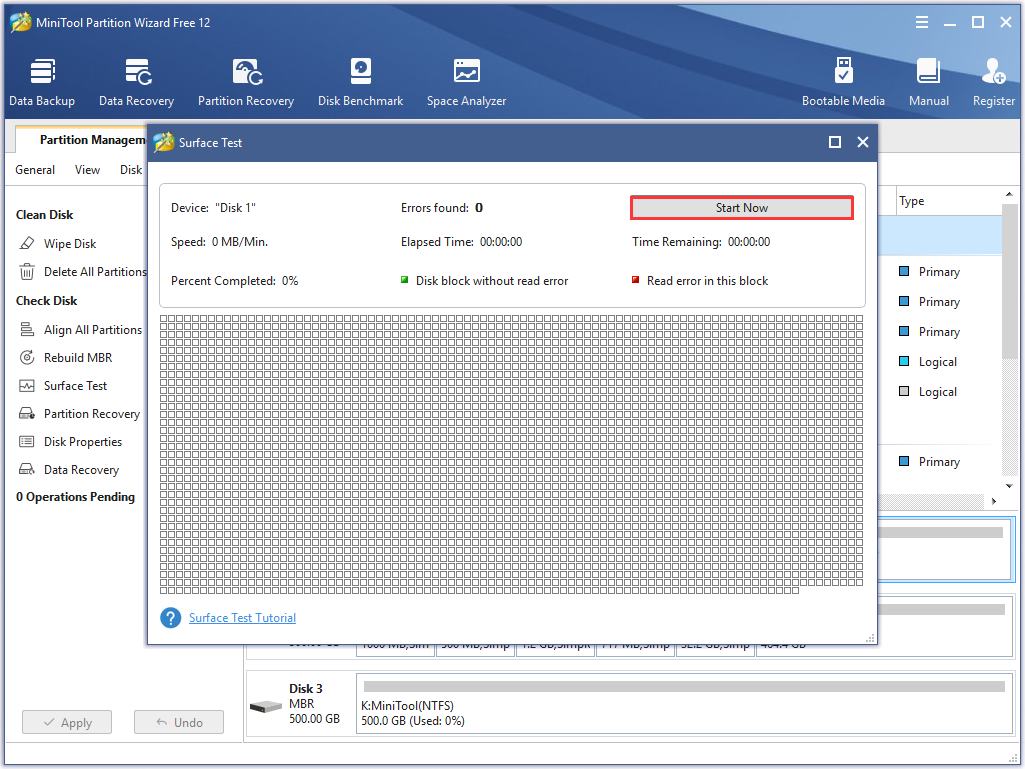

The chkdsk command can accomplish this but for a better understanding of the situation, we recommend you give SeaTools a shot. Diagnosing the hard disk for bad sectors now and then is a good practice. The best way to prevent (or to know before it happens) a disk failure is to perform routine checks on it. Can’t take a chance, right? (yeah, well, you probably could if you back up data and create system images regularly, but it’s still a big hassle) If devices like RAM, web camera, touchpad fail to function one can get it replaced at the nearest service center but what if your hard disk crashes! Of course you can purchase and install the new hard disk without any effort but what about the data which is gone forever. Same is the case with all the components of a computer. No matter how careful one is, they all undergo wear and tear with time and thus fail to function one day. I'm all confused now, - should I not worry about possible bad sectors? The problem is, long formatting is prohibitively time consuming for such large capacity HDDs.One thing we all know about machines and gadgets is, they usually do no last forever. passed the Short DST, and failed the Short Generic test, - didn't run the Long Generic test), but it appears to be working fine!įunny thing is, on reporting my observations, another Seagate rep advised me to ignore the Short Generic test results, and strongly advised me to *not* run the Long Generic test, and not bother running these tests (there own tools - and this goes contrary to what their first rep had suggested earlier) as long as the HDD is recognized and seems to work fine! Subsequently I ran the same tests on another identical drive I had purchased a couple of months back (past the replacement deadline now) - same results (i.e. Apparently that could cause the Short Generic Test to fail (whereas Windows 10 reportedly passes it for the same drive!). Please note that my issue (the exact Short Generic Test fail - Long Generic Test pass modes) is apparently quite common! My OS is Windows 7. I don't know what to make of the results - does my new drive have real issues that must be addressed (I can still have it replaced), or can I ignore the Short Generic Test failure since the Long Generic Test passed?

The Long Generic Test passed (after 11 hours)! But the Short Generic Test still failed! It asked me to run the Long Generic Test.Ĥ. The Short Generic Test failed! (the outer scan completed 100%, but the inner scan immediately failed at 0%). Do you guys use SeaTools for Seagate HDDs? I was advised by a Seagate rep to run the Basic tests to check out my new 4TB Backup Plus external hdd, and I got confusing results:Ģ.


 0 kommentar(er)
0 kommentar(er)
